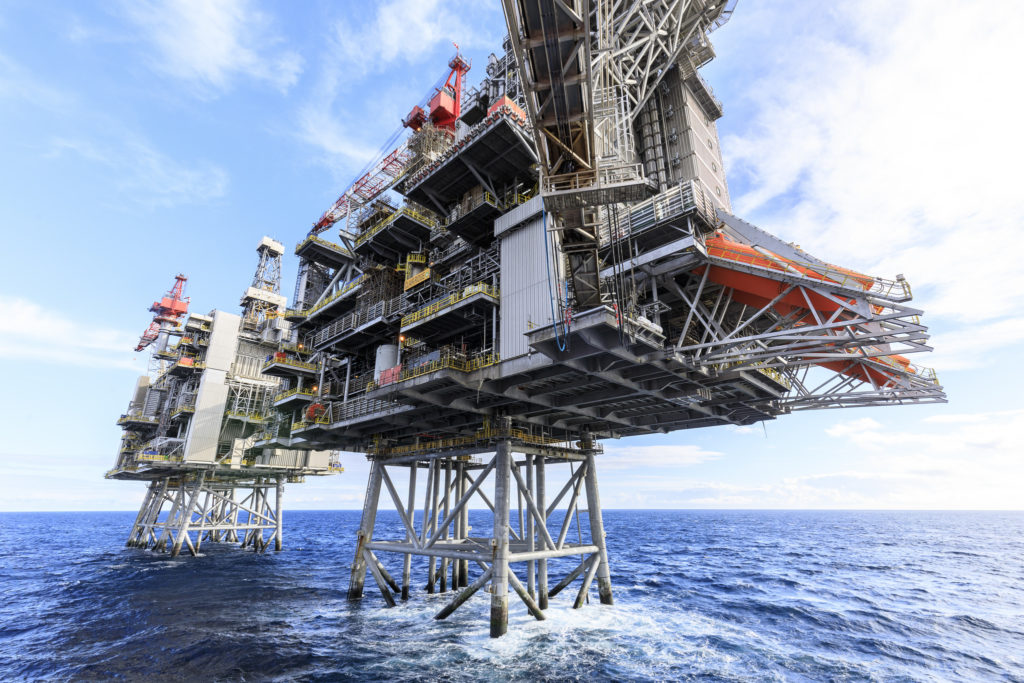
The UK North Sea oil and gas industry took another step forward in its quest to reach the Holy Grail of 80% production efficiency.
The sector improved for the sixth year in a row in 2018, climbing one percentage point to 75%, the Oil and Gas Authority said in a new report.
An additional 11 million barrels of oil equivalent, or 30,000 barrels per day, were delivered as a consequence of the progress made.
Loraine Pace, OGA head of performance, planning and reporting, attributed the “steady improvement” to the industry’s ability to keep up best practice, sustain efficiency efforts and harness new technologies.
The OGA said production efficiency was an “important indicator” for the industry.
In a nutshell, it shows how much oil was actually produced, as a proportion of the total volumes that could have been pumped out economically.
The metric fell to a low of 60% in 2012, and while industry has been getting its house in order in recent years, it is still short of its objective.
The OGA initially set a goal of 80% for the end of 2016, but later switched the target date to the end of 2018.
It now thinks the mission can be accomplished by late 2022.
The only region of the UK continental shelf to post a decline in 2018 was the central North Sea, down by one percentage point.
West of Shetland jumped up by six percentage points.
Matt Nicol, chairman of the industry’s production efficiency task force, said: “It’s great to see production efficiency increased for a sixth consecutive year to 75%, and there are still opportunities for improvement with industry striving to reach its 80% target.
“We remain committed to helping industry improve and has active work groups focused on the top three production losses.
“Industry is collaborating and delivering results, and we are encouraging more volunteers to join the task force to continue this momentum and for every operator to get involved.”
Recommended for you

